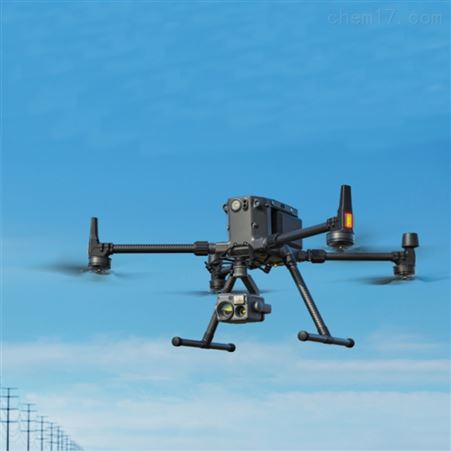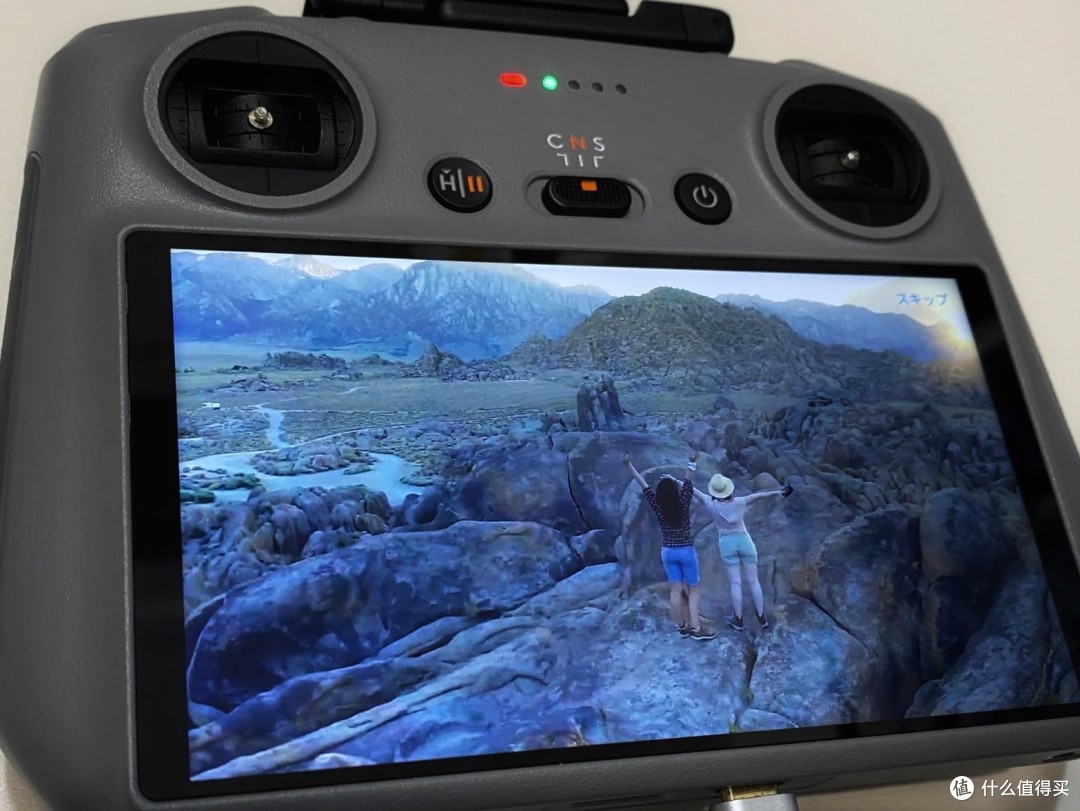The advent of drone technology has brought revolutionary changes to modern warfare and surveillance, and few organizations are as pioneering in this field as the Pentagon. Known for utilizing advanced technology, the Pentagon’s drones symbolize a merger between engineering prowess and strategic necessity. In this article, we will delve into the intricacies of these aerial vehicles, exploring their applications, advancements, and the technology driving their innovations.

Pentagon’s Drone Innovations
The Pentagon has invested significantly in developing unmanned aerial vehicles (UAVs) with capabilities extending beyond conventional use. These drones come equipped with state-of-the-art payload systems, advanced navigation technologies, and robust engineering designed to operate in hostile environments. The integration of artificial intelligence allows these drones to conduct autonomous missions, assess enemy movements, and gather intelligence.
Aerial Surveillance and Reconnaissance
The primary function of Pentagon drones is surveillance and reconnaissance. These drones employ high-resolution cameras and infrared sensors to monitor vast areas, providing real-time data indispensable for strategic operations. By offering a bird’s-eye view, Pentagon drones enable military commanders to make informed decisions based on comprehensive situational awareness.
Advanced Combat Strategies
In addition to surveillance, Pentagon drones are integral in modern combat strategies. Their ability to carry precision-guided weaponry enhances strike capabilities while minimizing human risk. This technology ensures targeted operations are completed with unparalleled accuracy. The drones are equipped with systems that allow quick adaptation to evolving battlefield conditions, showcasing their importance in contemporary military tactics.
Drone Technology Development

Behind these drones lies a tapestry of technological development at the cutting edge of aerospace engineering. Lightweight composite materials, advanced battery systems, and AI-driven navigation are just a few components making these drones innovative. The Pentagon collaborates with leading tech firms to keep these technologies at the forefront of innovation, constantly pushing the boundaries of what’s possible.
Ethical Implications
Despite their undeniable utility, Pentagon drones pose ethical questions regarding privacy and autonomy. The ability to conduct covert operations without human intervention raises concerns about accountability and oversight. Continued discourse in this area is essential to balance technological benefits with ethical responsibilities.
Cybersecurity Measures
Another aspect of Pentagon drones is their cybersecurity. Protecting sensitive data from adversaries is vital, and significant resources are devoted to ensuring these drones operate securely. Robust encryption and advanced threat detection systems guard against cyber-attacks, preserving mission integrity.
Future Prospects
Looking forward, Pentagon drones are set to play a more formidable role in defense strategies. With continuous advancements, these drones will assume greater roles in logistical support, automated threat detection, and integrated defense systems. The future involves collaborating with AI and satellite systems to create more cohesive and efficient operations across different military branches.
FAQ
Q: What technologies are integral to Pentagon drones?
A: Pentagon drones leverage technologies like AI for autonomous navigation, high-resolution imaging systems for surveillance, and advanced encryption for cybersecurity.
Q: How do Pentagon drones impact modern warfare?
A: They enhance strategic operations by offering precision combat solutions and comprehensive reconnaissance, thereby transforming military tactics and reducing human risk.
Q: Are there ethical concerns surrounding Pentagon drones?
A: Yes, the autonomous capabilities of these drones raise questions about accountability, privacy, and oversight, necessitating ongoing ethical discussions.
